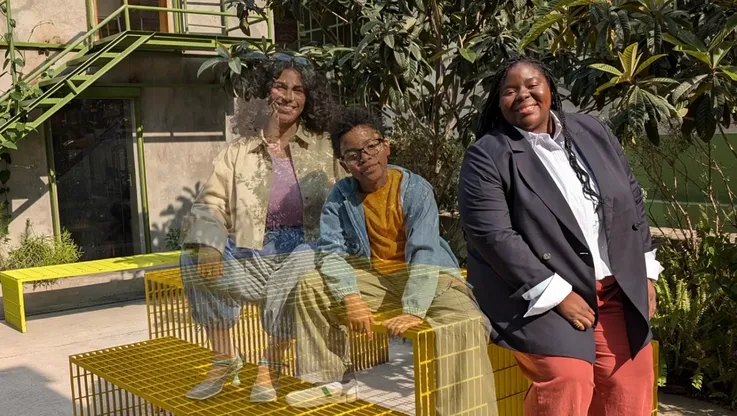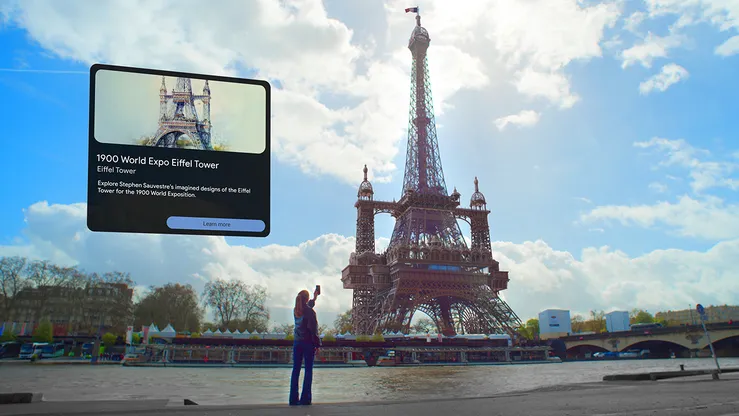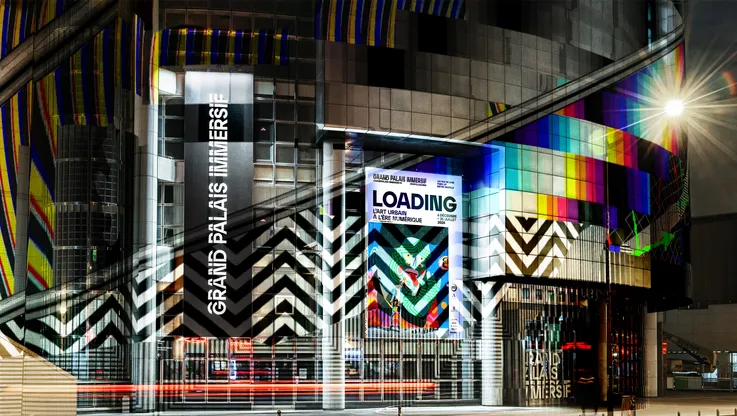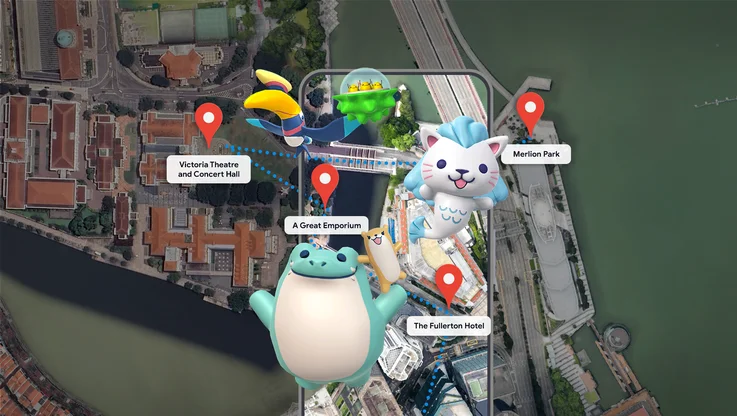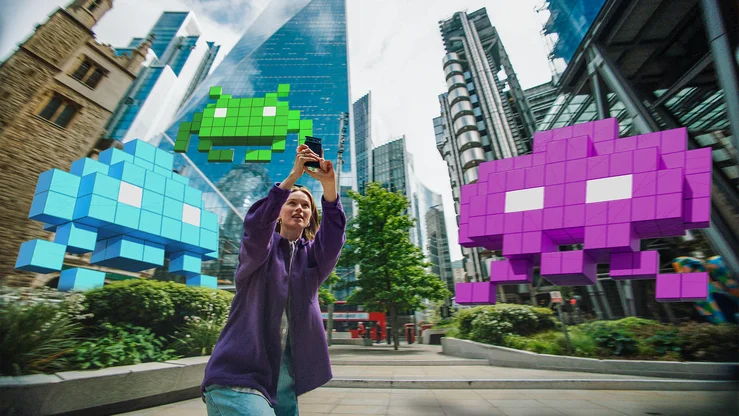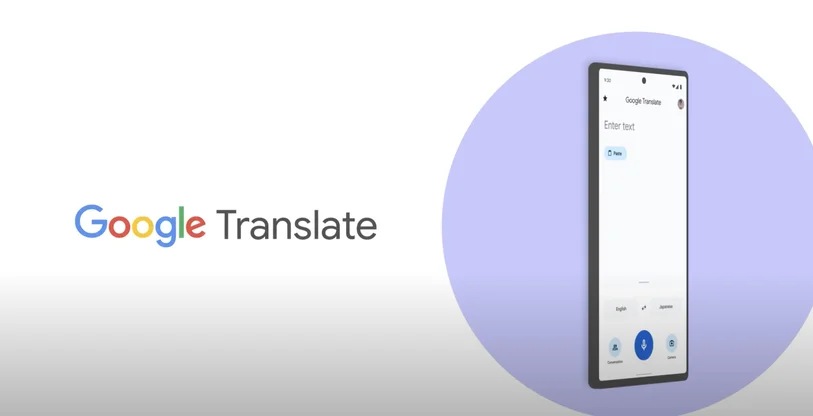Making a video game in two days with Tilt Brush and Unity
Imagine you’re playing a video game, and you’re being attacked by a gang of angry space aliens. Wouldn't it be great if you could just paint an object in 3D space and use it to defend yourself? A talented team of artists and game fanatics explored this very premise at Global Game Jam 2018, a game development hackathon. Seeing Tilt Brush as a fast, powerful and fun 3D asset creation tool, the team at Another Circus used the Tilt Brush Toolkit to create a virtual reality game in less than 48 hours.
“Pac Tac Atac” casts you as a space adventurer who has landed on an alien planet and needs to beam a rescue message into intergalactic space. But watch out, the locals are angry and in the mood to smash your transmitter. It’s up to you to keep them away!
What the aliens don’t know is that you’re armed with two cans of spray paint, that let you magically draw any object in your imagination to defend yourself.
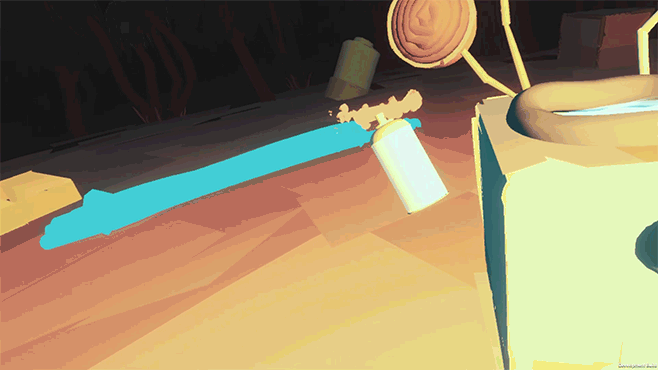
Once you’ve got your magic object, you can start fighting off the aliens with slices and dices, or by throwing your weapon and calling it back like a boomerang.
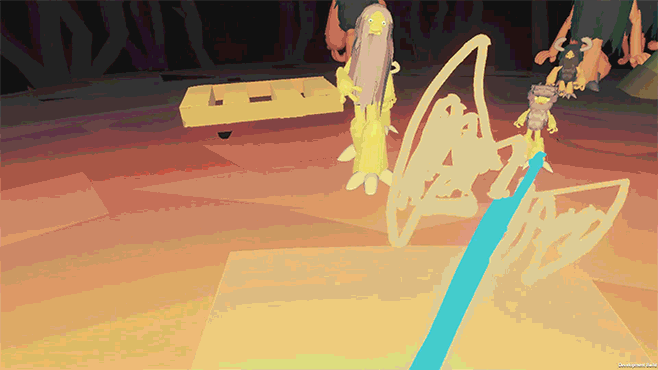
“Pac Tac Attack” was built using the Unity game engine, using art exclusively painted in Tilt Brush and exported as 3D models. Using Tilt Brush provided a number of benefits over traditional 3D modeling. For example, to make creating lots of aliens easy for the development team, they first drew different body parts (heads, torso, arms and legs) in Tilt Brush. In Unity, they randomly assembled alien bodies using the body parts they originally painted in Tilt Brush. By procedurally generating bodies in this way, they could easily scale assembling dozens of alien bodies with unique movement styles.
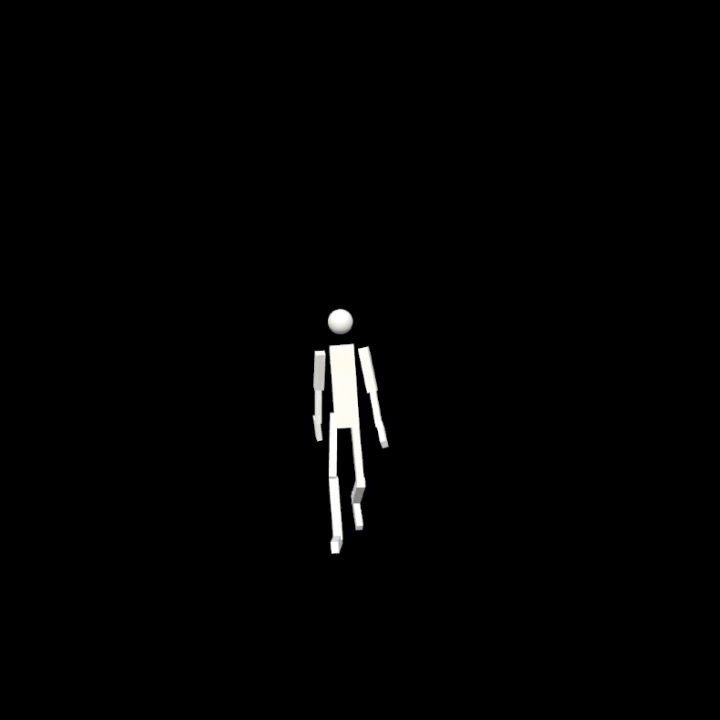
One of the biggest challenges the team faced was optimizing the Tilt Brush art for in-game performance. Given the amount of detail generated by each brush stroke, they improvised by creating assets with fewer strokes (like Jonathan Yeo and his 3D-printed bronze self-portrait), and using Mesh Simplify, a Unity extension, that allows developers to reduce the poly count of their 3D models.
“Pac Tac Atac” is available for the HTC Vive now. Check out more here.

